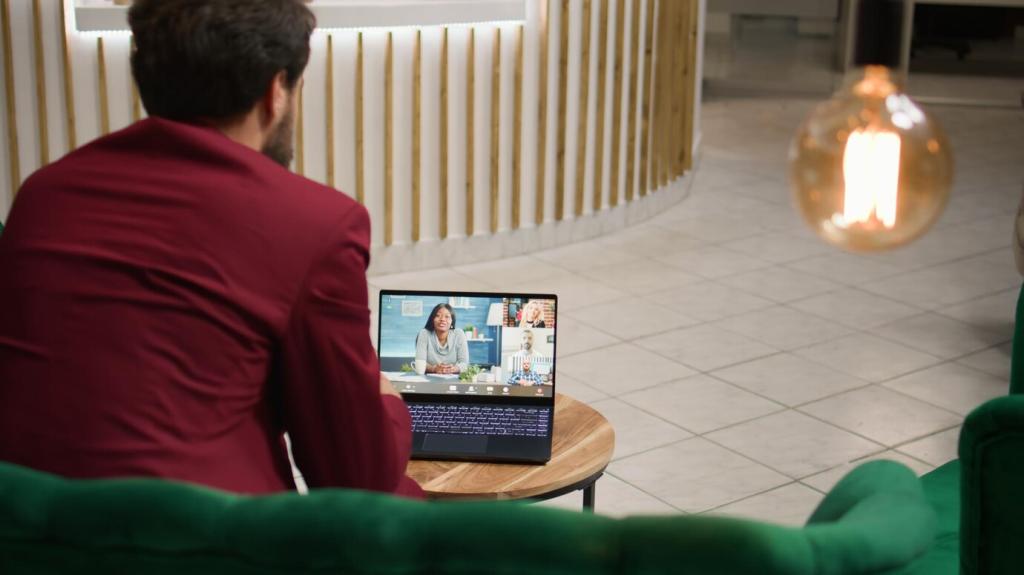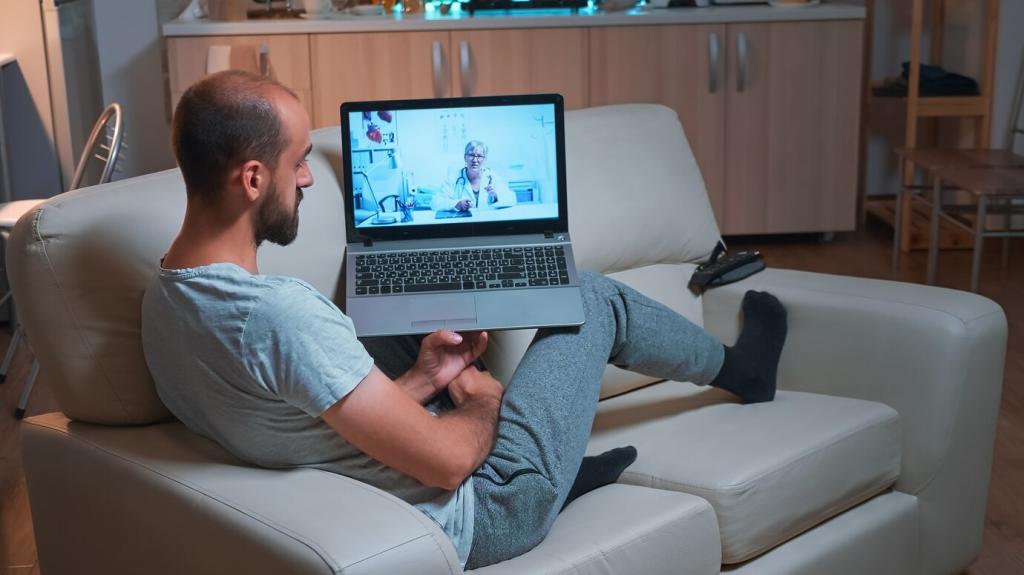Managing Stress and Anxiety During Remote Work: Find Your Steady Rhythm
Chosen theme: Managing Stress and Anxiety During Remote Work. Let’s make your work-from-home days calmer, clearer, and more connected—through practical rituals, human stories, and science-backed tools you can start using today. Share what resonates, subscribe for fresh guidance, and tell us where you need the most support.

Why Remote Work Amplifies Stress—and How to Name It
When the same room hosts your spreadsheets and your sleep, your brain struggles to switch modes. Without clear cues, pressure lingers into evenings and weekends. Try a small boundary ritual—like a walk, a door closure, or music change—to mark “off” time. Share your boundary cue in the comments.
Notifications hijack attention and spike cortisol through rapid context switching. Batch messages, use do-not-disturb windows, and set response expectations in your status. Your nervous system likes rhythm, not whiplash. What messaging windows work for you? Post your schedule experiment and inspire someone else today.
Offices provided tiny social buffers: hallway hellos, coffee nods, quick clarifications. Remote work erases those micro-moments, intensifying doubt and rumination. Recreate them intentionally with five-minute check-ins or asynchronous voice notes. Ask a colleague for a weekly “casual catch-up,” and tell us how it shifts your mood.



Mind-Body Tools You Can Use Between Meetings
Two-minute breathwork that actually helps
Use box breathing: inhale four, hold four, exhale four, hold four—repeat eight rounds. Research shows paced breathing can calm the autonomic nervous system and sharpen focus. Add a gentle shoulder drop on each exhale to release tension. If you try it, note your mood shift from 1–10 and share.
Movement snacks for anxious energy
Set a timer every 60–90 minutes for thirty seconds of squats, wall push-ups, or neck mobilizations. Small, frequent moves lower arousal and boost cognitive clarity. The American guidelines suggest regular movement breaks; your body confirms it instantly. Post your favorite micro-move sequence to inspire our community.
Micro-mindfulness without closing your eyes
Use the 5-4-3-2-1 grounding: name five things you see, four you feel, three you hear, two you smell, one you taste. This sensory checklist anchors attention when worry spirals. Keep a sticky note reminder on your monitor and tell us where it helped you most today.
Shape a Workspace That Soothes, Not Stresses
Face natural light if possible, or use a soft, indirect lamp to reduce eye strain. Noise can spike anxiety—noise-canceling headphones or pink noise help. Keep screen top at eye level and feet flat to reduce muscle tension. Try one change this week and report back on the difference.
Communicate Boundaries Without Burning Bridges
Try: “Happy to help after Tuesday. If it’s urgent, here’s what I can drop.” Or: “I can offer a draft by Friday; let me know if that still helps.” Scripts remove friction and fear. Post your favorite phrase so others can keep a boundary bank for tough moments.

When Deadlines Surge: Coping in Crunch Weeks
List all tasks, tag M for must, S for should, C for could. Timebox musts, renegotiate shoulds, and park coulds. Protect one recovery block daily, even if tiny. Post your renegotiation script so others see that asking for scope changes can be professional, not problematic.
Build Your Support System
Pair up for a fifteen-minute Friday audit: wins, blockers, and one intention. Buddies reduce rumination and celebrate progress. Keep it consistent and low-pressure. If you try this, comment with your favorite check-in questions so others can copy your format and get started easily.
Build Your Support System
Look for groups where people discuss remote-work mental health openly. Shared language reduces shame and accelerates learning. Try a monthly virtual circle with prompts. Tell us a community you recommend—your suggestion might be exactly what another reader needs this week.


Join our mailing list
